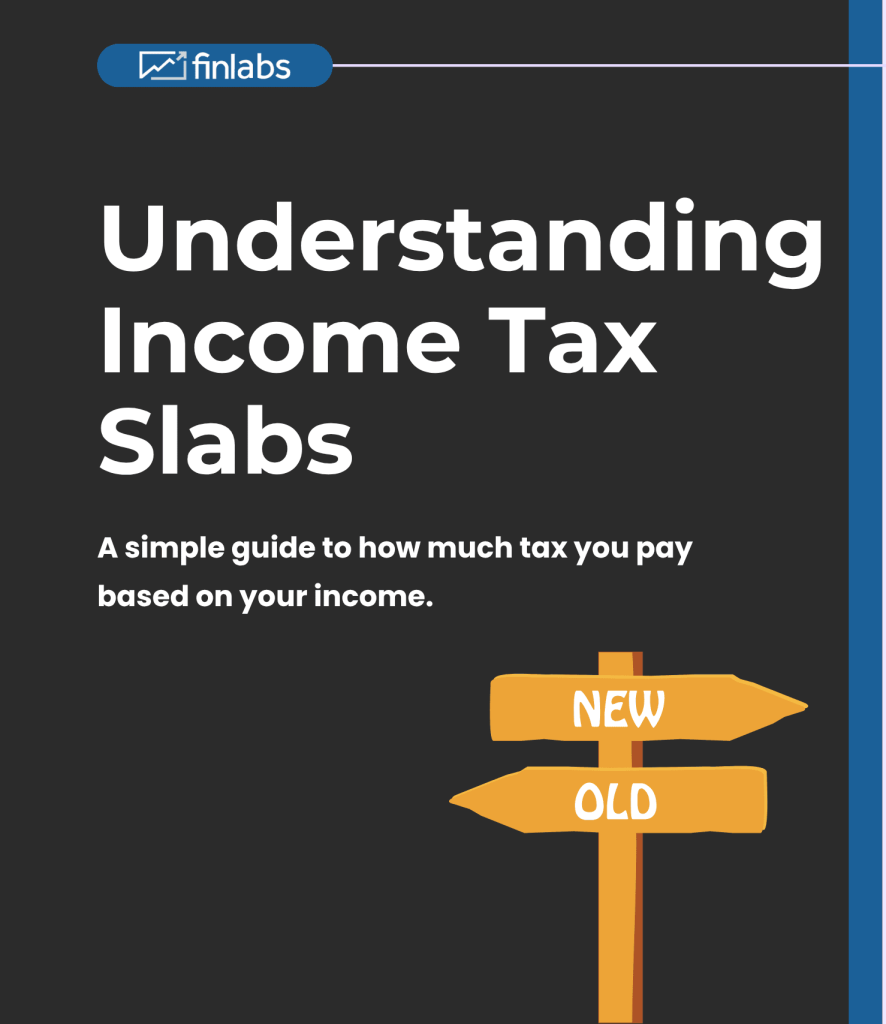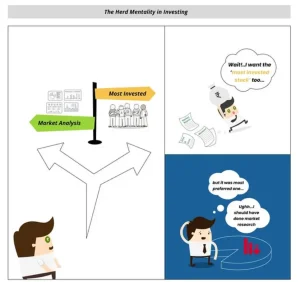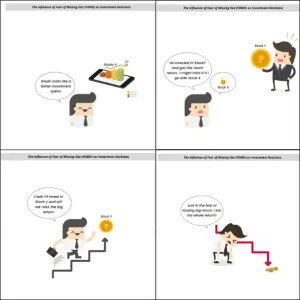1. What Are Income Tax Slabs?
Income tax slabs define the progressive tax rates applied to different income ranges. As your income increases, the applicable tax rate also increases—a system aimed at equity and fairness in taxation.
2. Old Regime vs New Regime
Old Regime: Higher tax rates, but allows deductions/exemptions (like 80C, 80D, HRA, etc.).
New Regime: Lower base rates but most deductions/exemptions are not allowed
3. New Tax Regime Slabs & Rates (FY 2025–26)
₹0 – ₹3 L: Nil
₹3 L – ₹7 L: 5%
₹7 L – ₹10 L: 10%
₹10 L – ₹12 L: 15%
₹12 L – ₹15 L: 20%
₹15 L – ₹50 L: 30%
Above ₹50 L: 30% + surcharge
Also, the standard deduction has been increased to ₹75,000, increasing the effective no-tax threshold
4. Old Tax Regime Slabs & Rates (FY 2025–26, Individuals < 60 years)
₹0 – ₹2.5 L: Nil
₹2.5 L – ₹5 L: 5%
₹5 L – ₹10 L: 20%
₹10 L – ₹50 L: 30%
₹50 L – ₹1 Cr: 30% + 10% surcharge
₹1 Cr – ₹2 Cr: 30% + 15% surcharge
₹2 Cr – ₹5 Cr: 30% + 25% surcharge
Above ₹5 Cr: 30% + 37% surcharge
Note: Health & Education cess of 4% applies in both regimes.
5. Which Regime Should You Choose?
Choose the New Regime if:
You don’t claim many deductions/exemptions.
Your income falls into lower slabs (for significant tax savings).
Choose the Old Regime if:
You benefit from deductions under 80C, 80D, HRA, home loan interest, etc.
You have structured investments/expenses to reduce taxable income.
To decide, estimate your total savings under each regime. If your deductions exceed the tax saved by lower rates, stick with the Old Regime.
6. Why This Matters
Potential Savings: Millions now have zero tax up to ₹7 L (New Regime) or ₹5 L (Old Regime).
Financial Planning: Understanding which regime works best for your investments and deductions helps you pay less tax or avoid overpaying.
Tax Filing Default Shift: The New Regime is now the default for most taxpayers under FY 2025–26 —so it’s essential to actively evaluate which regime suits you.
Reference Link : https://cleartax.in/s/income-tax-slabs
#IncomeTax #TaxPlanning #TaxRegimes #PersonalFinance #Finlabs #InvestorEducation #FY2024_25




